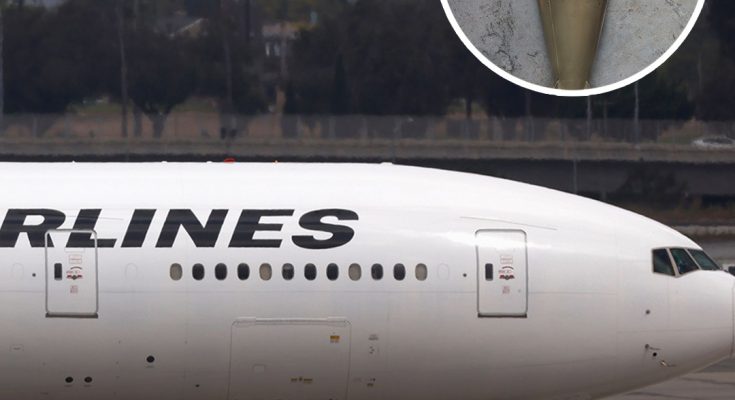An unexploded US bomb dating from World War II that had been buried at a Japanese airport has exploded.
The ordeal caused a large crater in a taxiway, and the cancellation of more than 80 flights on Wednesday (October 2).
No one was injured in the incident at Miyazaki Airport in south-western Japan, officials said.
Advert
Land and transport ministry officials said there were no aircrafts nearby when the bomb exploded.
Officials said an investigation by the Self-Defence Forces and police confirmed that the explosion was caused by a 500lb US bomb, and there was no further danger. They were determining what caused its sudden detonation.
A video recorded by a nearby aviation school showed the blast spewing pieces of tarmac into the air like a fountain.
Advert
Videos broadcast on Japanese television showed a crater in the taxiway reportedly about 21ft in diameter and 3ft deep.
Chief cabinet secretary Yoshimasa Hayashi said more than 80 flights had been cancelled at the airport, which hopes to resume operations on Thursday morning (October 3).
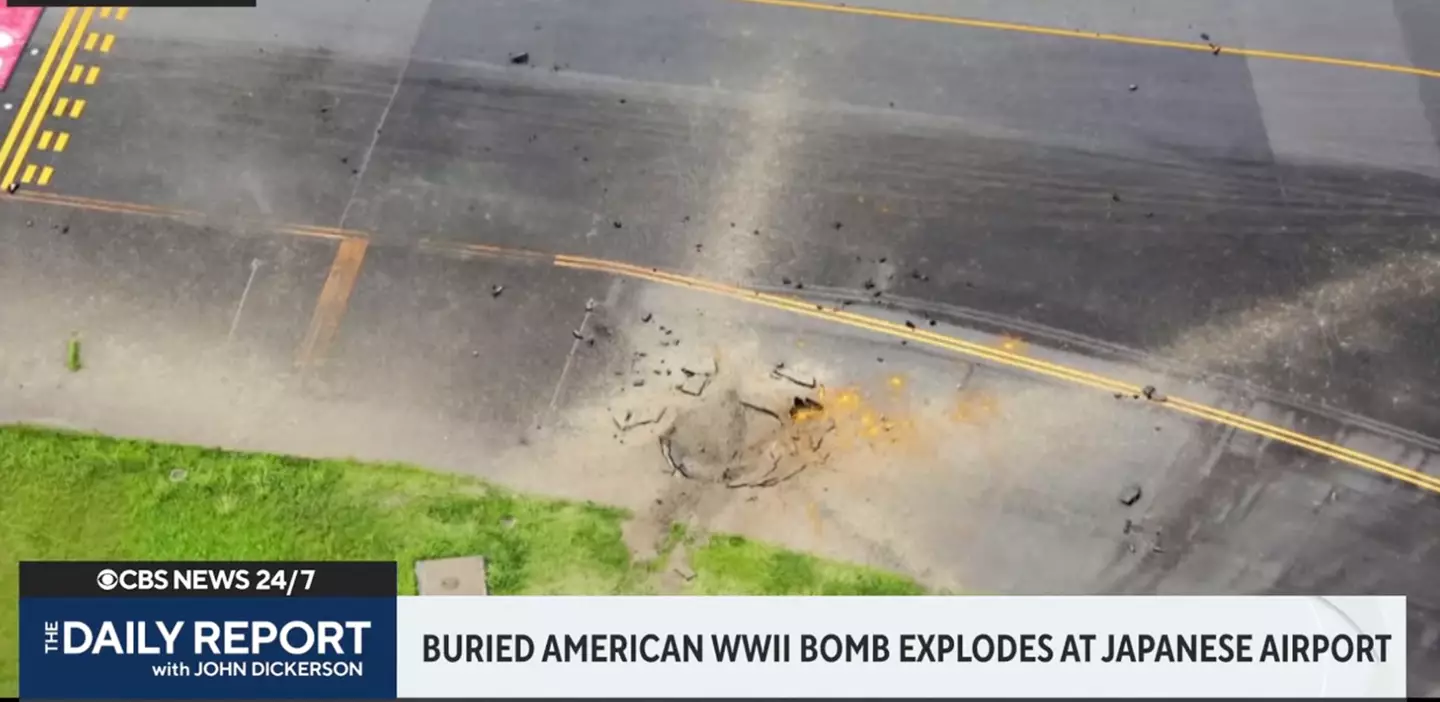
The explosion left a large crater in the taxiway (CBS News)
Miyazaki Airport was built in 1943 as a former Imperial Japanese Navy flight training field from which some kamikaze pilots took off on suicide attack missions.
Advert
A number of unexploded bombs dropped by the US military during the Second World War have been unearthed in the area, defence ministry officials said.
Hundreds of tonnes of unexploded bombs from the war remain buried around Japan and are sometimes dug up at construction sites.
It’s thought that a total of 2,348 bombs weighing 41 tonnes were disposed of during 2023, BBC News reports.
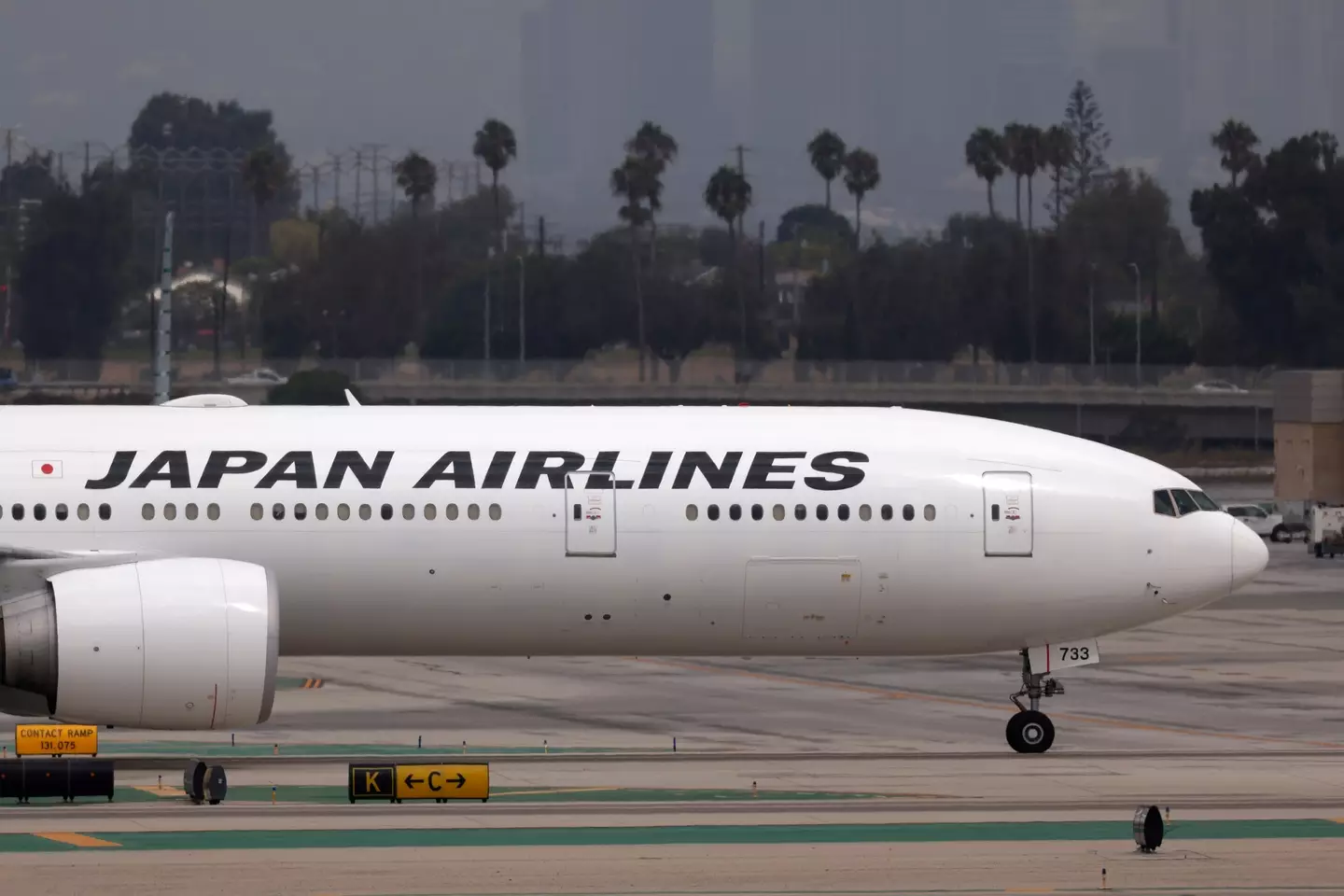
Several Japan Airlines flights were affected (Kevin Carter/Getty Images)
Advert
While yesterday’s event was an unplanned detonation, back in 2020, World War Two ordnance located the Piast Canal was detonated by bomb disposal experts.
The moment the explosion took place was caught on camera.
It’s said the bomb, known as the ‘Tallboy’, contained around 2,400kg worth of explosives.
Ahead of the planned detonation, 750 residents had to be evacuated from the area near the Piast Canal, outside the town of Swinoujscie.
Advert
Authorities imposed a 2.4 kilometre exclusion zone around the bomb, meaning no one was hurt as a result of the explosion.
They had to opt to detonate the device instead of moving it because ‘chemical processes that have been taking place in the bomb over time means that any impact, any vibration, any change of pressure caused by moving it could cause it to explode’, Navy spokesperson Lieutenant Commander Grzegorz Lewandowski explained at the time.
Featured Image Credit: Getty Stock Image/Kevin Carter/Getty Images
Topics: Japan, News, World War 2, Travel, World News
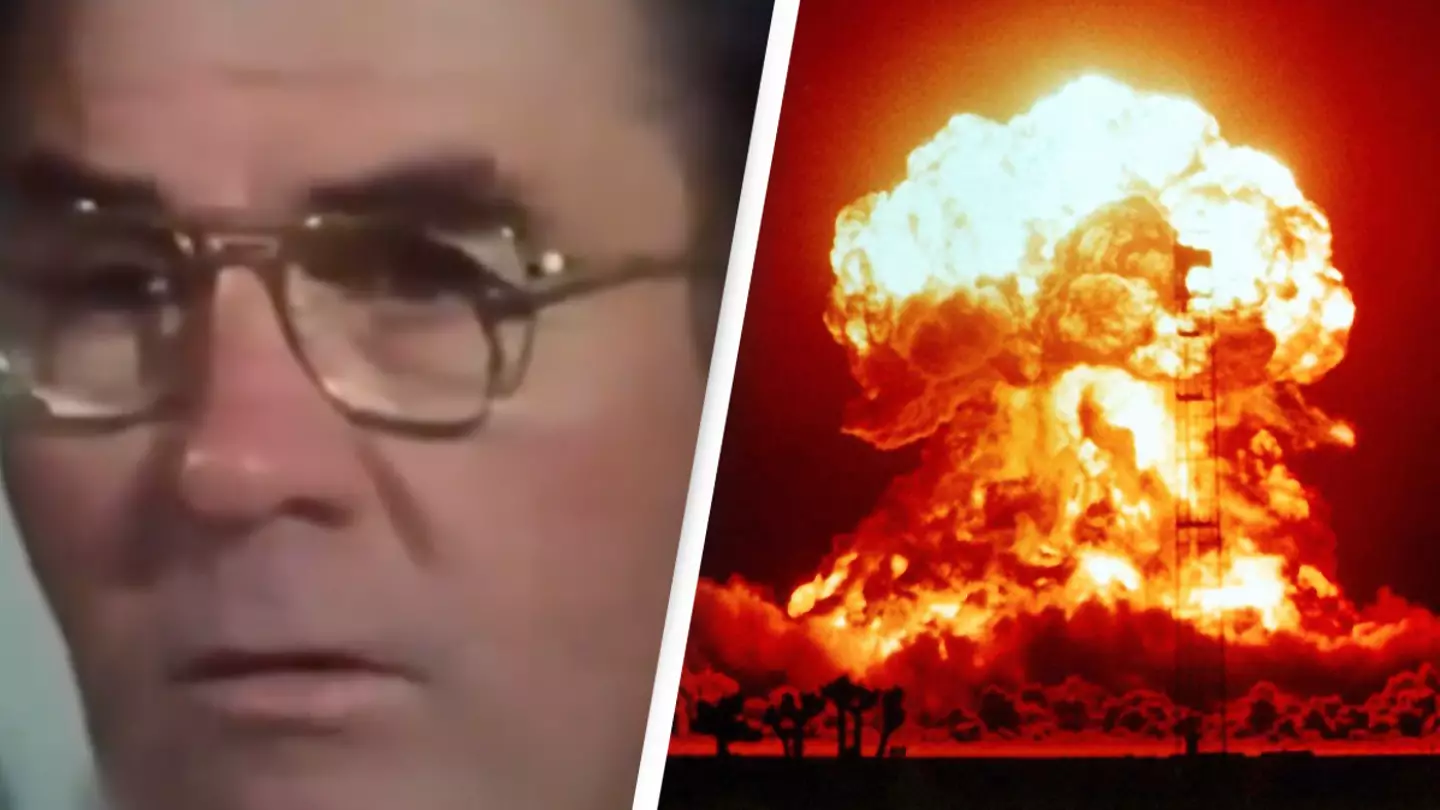
WW2 is made up of terrible and heroic stories, and the pilot who dropped the first bomb on Japan recalled what happened in this pivotal moment during the war.
As time goes on, its easy to forget some of the most significant moments of human history.
World War 2 is one of the most fascinating and daunting time periods in recent history and is filled with world-defining and world-changing moments.
Advert
The atomic bombs that were dropped on Japan by the US are certainly one of the most frightening and intriguing moments of the entire conflict.
The atomic bombing of the cities Hiroshima and Nagasaki remains the first and only use of nuclear weapons in history to date.
Paul Tibbets was the aircraft captain of the Enola Gay B-29 plane that dropped the first bomb, the Little Boy, on Hiroshima on August 6, 1945.
In an interview from the British documentary The World at War, Tibbets recalled how the bombing went and detailed how he saw the mushroom cloud after dropping the bomb that killed an estimated 140,000 people.
He explained that just like most missions, there was some chatter among the crew on the plane, but eventually a quiet period settled in.
Advert
He noted that the bomb took around 53 seconds from being dropped to hitting the ground and exploding, giving the crew time enough to turn the plane around and actually see the explosion.
He said: “The day was clear, when we dropped that bomb, it was a clear sun shiny day.
“Visibility was unrestricted, so we came back around again facing the direction of Hiroshima.
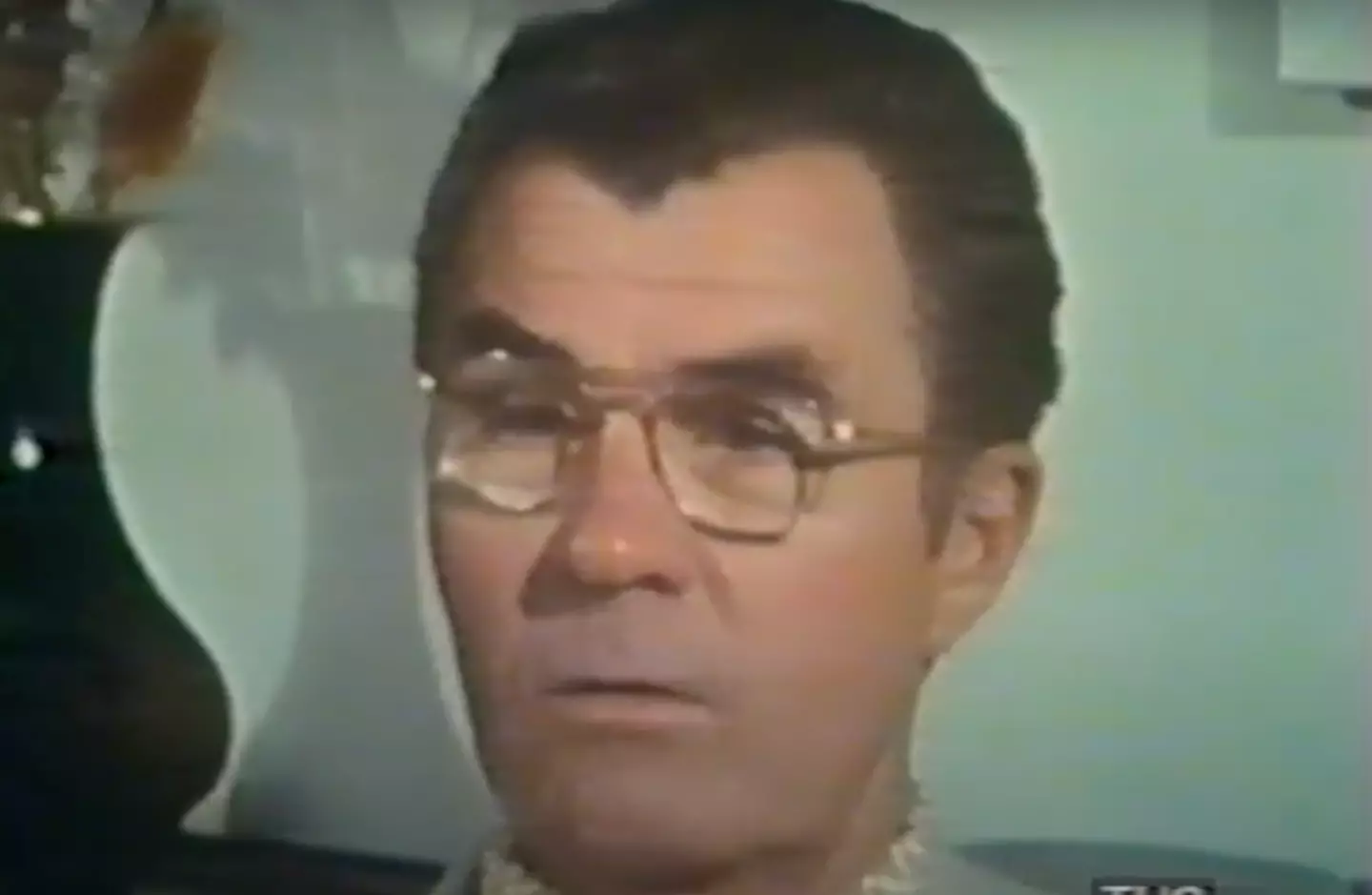
Paul Tibbets described what he could see after dropping the bomb (ITV)
Advert
“We saw this cloud coming up, the cloud by this time at 2 minutes was up at our altitude. We were 33,000 feet up at this time and this cloud was up there and continued to go right on up in a boiling fashion, it was rolling and boiling.
“The surface was nothing but a black boiling… like a barrel of tar, probably the best description I can give.
“This is exactly the way it looked down there, where before there had been a city, distinctive houses, buildings and everything you could see from our altitude.
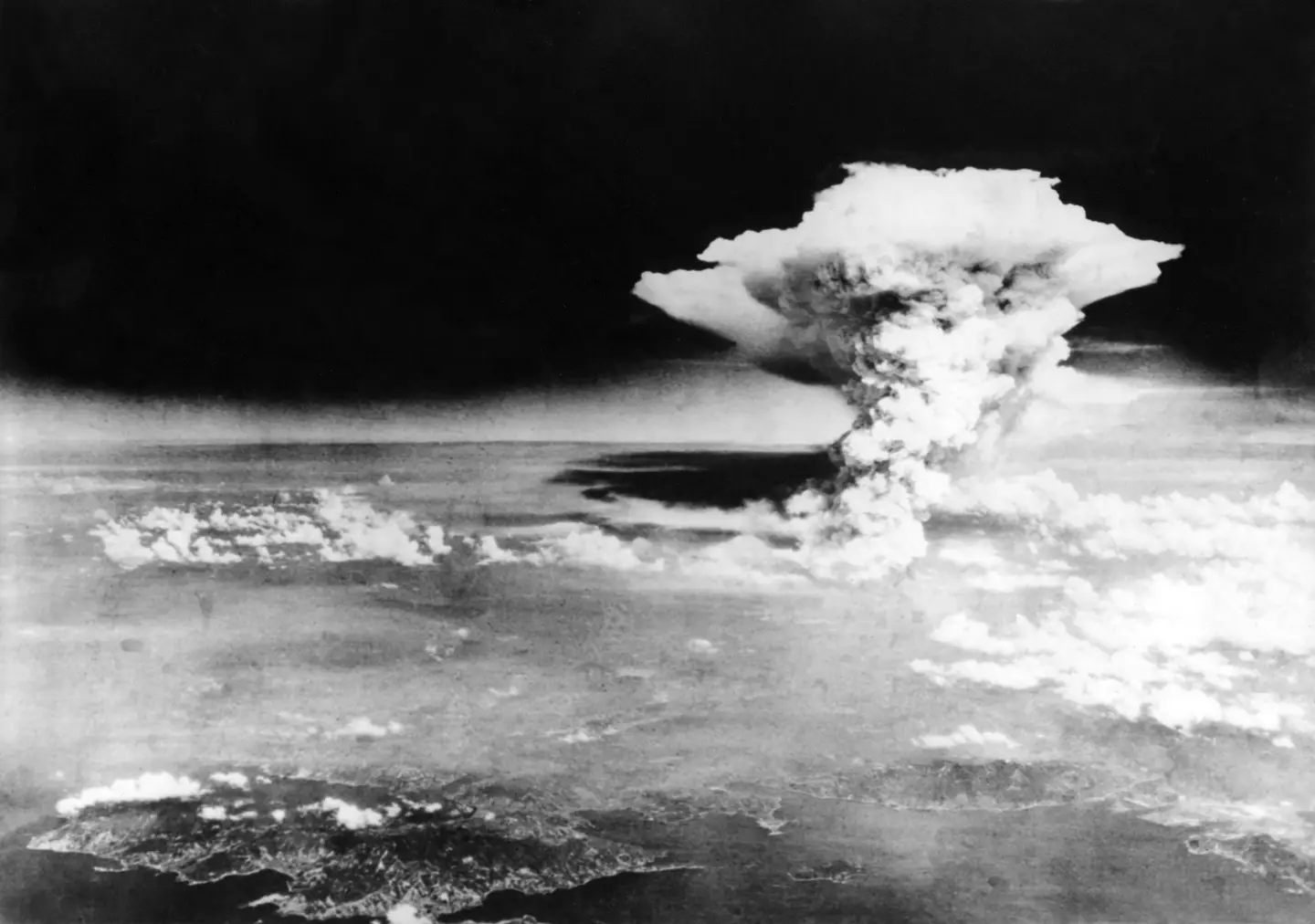
The mushroom cloud exceeded the altitude of the plane (History/Universal Images Group via Getty Images)
Advert
“Now you couldn’t see anything except this black boiling debris down below.
“We took pictures as rapidly as we could, my immediate concern after that was that it was time to get out of here.”
The documentary also features accounts from Japanese citizens who lived through the bombing, as well as Tibbet’s testimony.
Featured Image Credit: THS/Galerie Bilderwelt/Getty Images
Topics: Japan, US News, World War 2, History, Documentaries
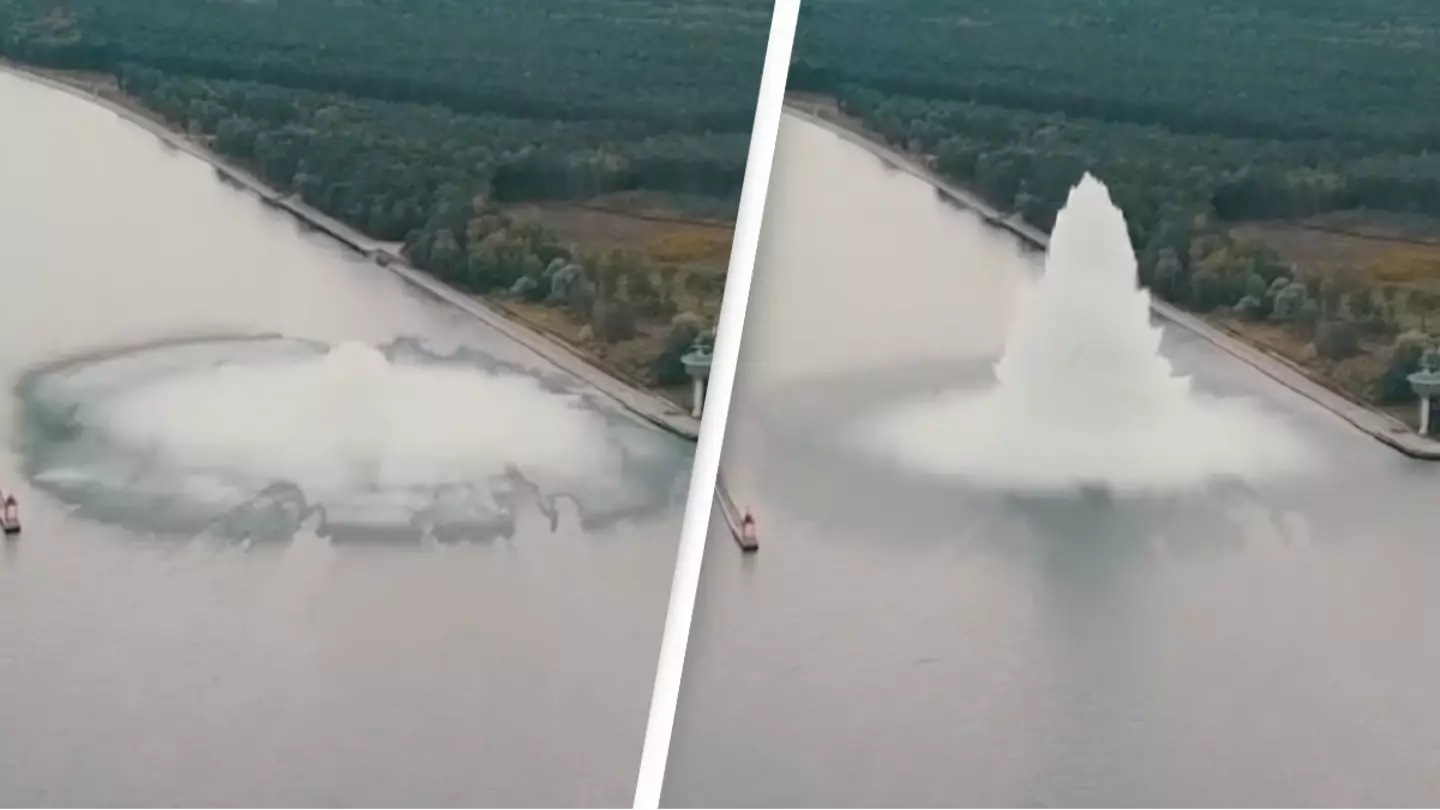
Astonishing footage shows the moment an enormous piece of World War Two ordnance detonated underwater.
Naval bomb disposal experts had been trying to defuse the enormous explosive, but were caught in a dangerous moment when it detonated.
The explosive was some 5.4 tons and was called a ‘Tallboy’ bomb. It was in September 2019 in a waterway which led to the post of Szczecin in northwest Poland.
Even nearly 80 years after the war ended, pieces of unexploded ordinance are still buried in Eastern Europe from the apocalyptic struggle between Nazi Germany and the Soviet Union.
Advert
This saw millions of shells fired back and forth between pieces of artillery, as well as the bombs dropped from planes.
The Eastern Front saw terrifying military strength brought to bear, and the impact of that is still felt decades later.
Navy demolition experts attempted to neutralise the bomb on Tuesday October 14 2020, but the bomb, which contained around 2,400kg worth of explosives, went off causing a massive explosion.
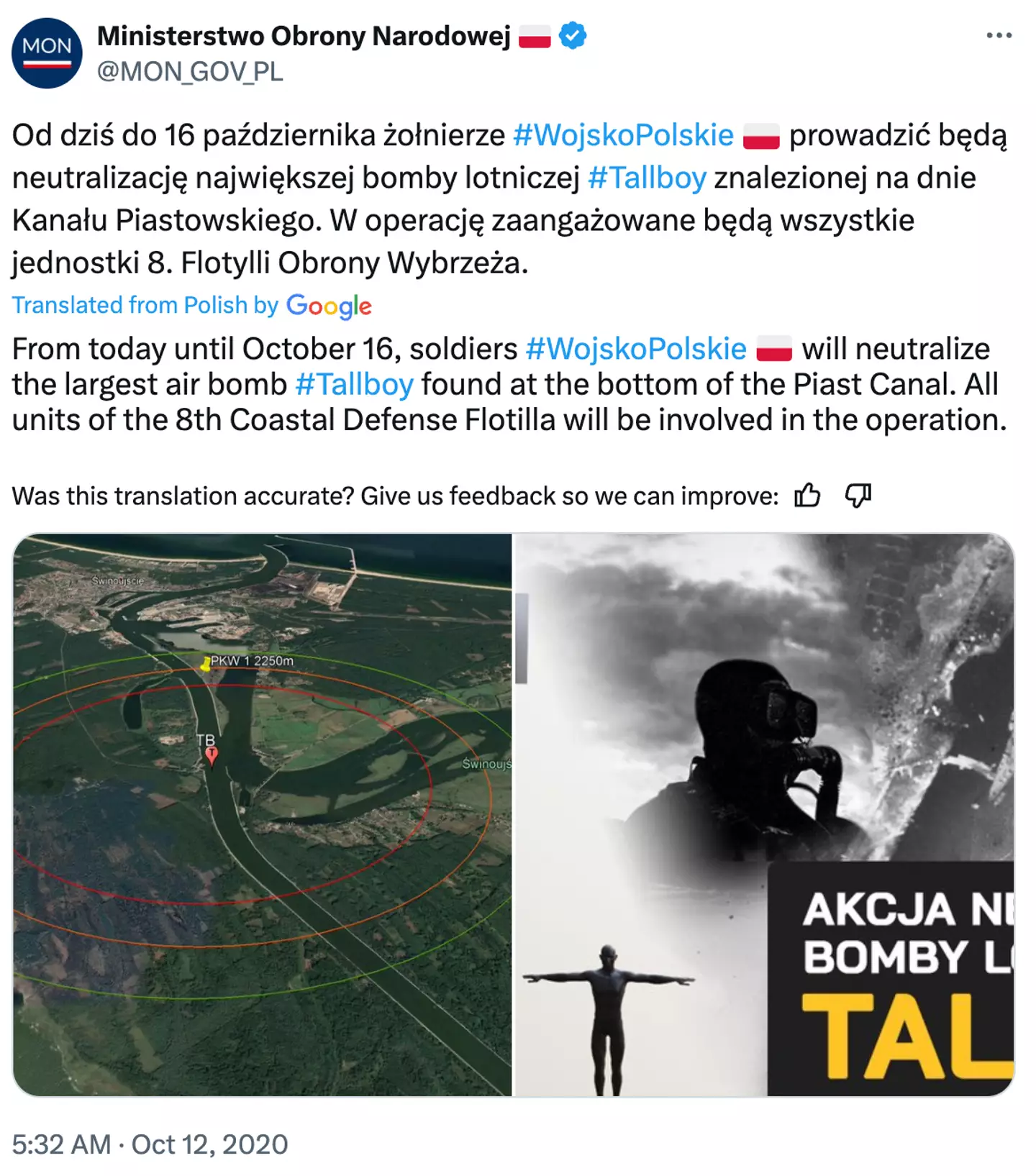
X/MON_GOV_PL
Advert
Thankfully, things could have been a lot worse, with Navy spokesperson Lieutenant Commander Grzegorz Lewandowski confirming nobody was hurt.
Divers were a safe distance away as they attempted to defuse the bomb through remote deflagration, whereby the explosive charge is burnt without causing a detonation – well, if successful, that is.
More than 750 residents had to be evacuated from the area near the Piast Canal, outside the town of Swinoujscie, with authorities imposing a 2.4 kilometre exclusion zone around the bomb.
Lt. Cmdr. Lewandowski said: “The deflagration process turned into detonation.
Advert
“The object can be considered neutralised, it will not pose any more threat to the Szczecin-Swinoujscieshipping channel.
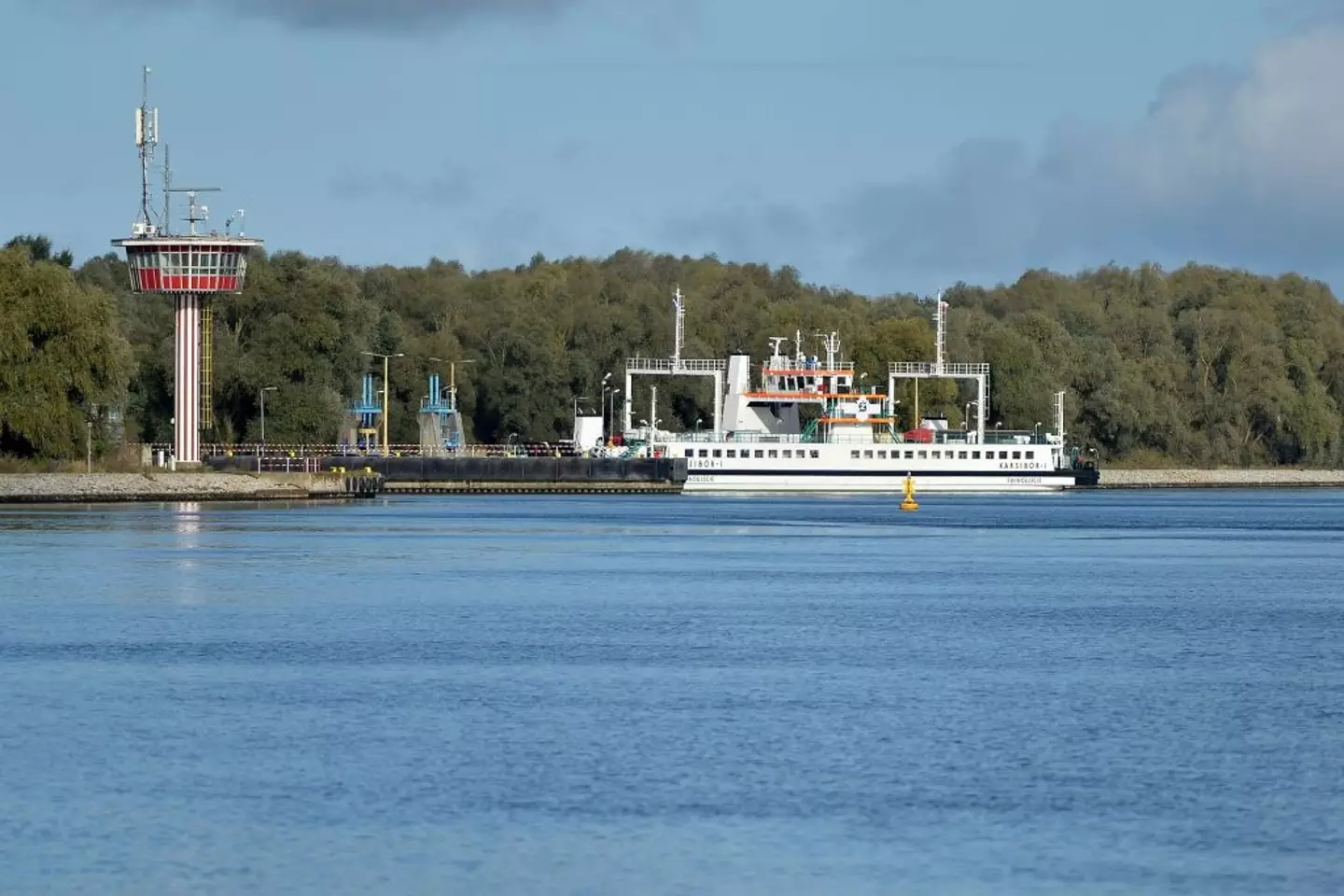
LUKASZ SZELEMEJ/AFP via Getty Images
“All divers were outside the danger zone.”
The blast could even be felt though by residents in Swinoujscie, which was part of Germany when the RAF dropped the bomb in 1945.
Advert
This occurred during a raid which sank the Lützow warship.
Speaking at a press conference prior to the detonation mission, Lt. Cmdr. Lewandowski said the dangerous mission was a ‘world first’.
He said: “Only its nose is sticking out. It’s a world first.
“Nobody has ever defused a Tallboy that is so well preserved and underwater.
Advert
“The bomb is dangerous because it contains a lot of explosives.
“The chemical processes that have been taking place in the bomb over time means that any impact, any vibration, any change of pressure caused by moving it could cause it to explode.”
Well, he wasn’t wrong there, eh?
Featured Image Credit: AP

